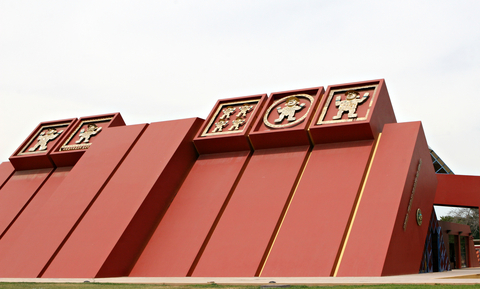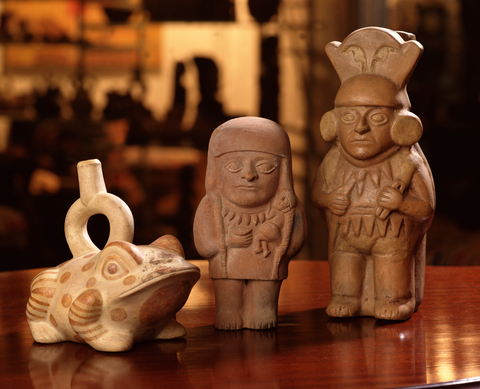Lambayeque
The Peruvian Paso Horse
The Peruvian Paso horse is famous in the world over for its unique gait.
Indeed, experts in various horse breeds, from Central America, Bolivia, Colombia, Ecuador, Argentina and the United States greatly appreciate the graceful gait of these animals, and who, while traveling through the worst of the land, do not shake or shake the rider, who travels comfortably and smoothly.
The gait of the Peruvian Paso horse originated by the need to make long treks through the sandy northern terrain while at the same time carrying riders with heavy loads.
Normally a horse walks forward with a foreleg and the opposite behind leg, whereas the Peruvian Paso horse raises both legs on the same side, often in a way that one might recall the "crawling" of a small child. This "crawling" allows the horse to save its resources, while moving swiftly through the desert.
The Association of Owners and Breeders of Peruvian Paso Horses has obtained a selected type "standard" to preserve the main characteristics of this noble horse, which is no longer subject to the rigorous travels of the desert.

LORD OF SIPAN
The Moche or Mochica culture emerged and developed in the first and fourth centuries, against the backdrop of the long and narrow strip of desert on the north coast of Peru where the remains of their pyramid temples, palaces, fortifications, irrigation works and cemeteries testify to their high artistic development, technological and complex organization.
The Mochica beat the desert by artificial irrigation canals diverting water from rivers that flow from the Andes. Their hydraulic engineering has allowed agricultural surpluses and a strong economy, supplemented with seafood, which formed the basis of their prosperous development.
To the Mochica, lovers of life, death was not the end. The men continued to live in another area of the world with the same obligations or privileges, leading them to bury their dead with supplies and goods. Burials reflected the role and place of each man within his society.
The best known cultural legacy of this group is the Mochica ceramics, usually deposited as precious offerings to the dead. Men, gods, animals, plants and complex scenes were represented by their images in the form of sculpture or vases decorated with a brush.
Archeologists have been amazed by the perfection of these portraits in clay. The classic standards of perfection and realism are recognized, even mythological, humanized animals, men with zoomorphic attributes or parts of several animals combined.



